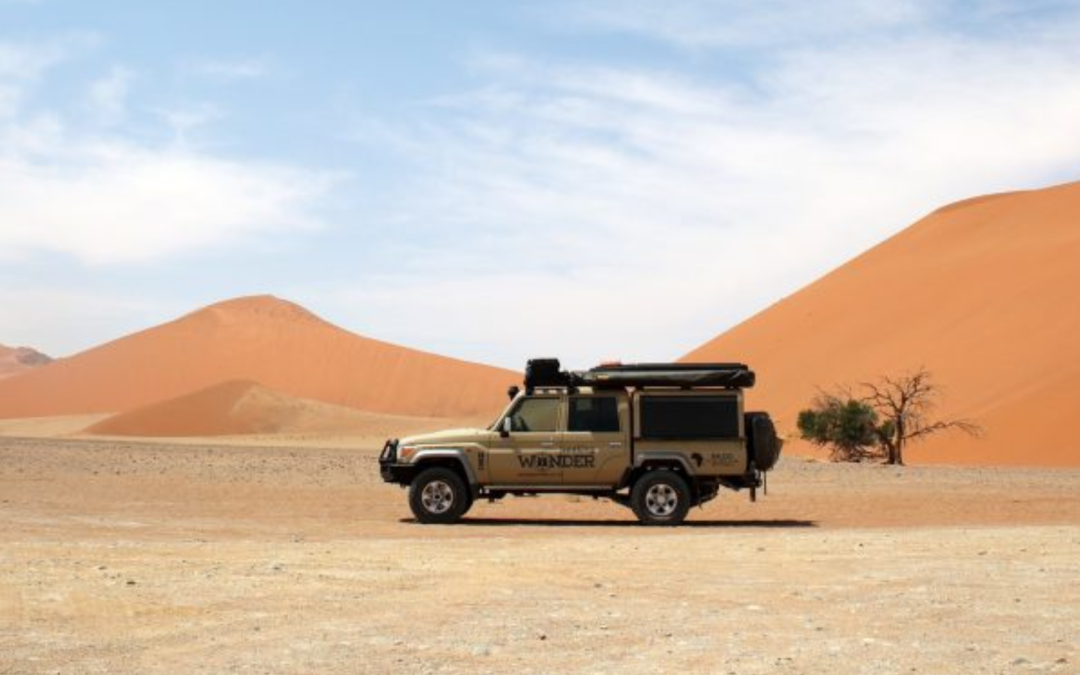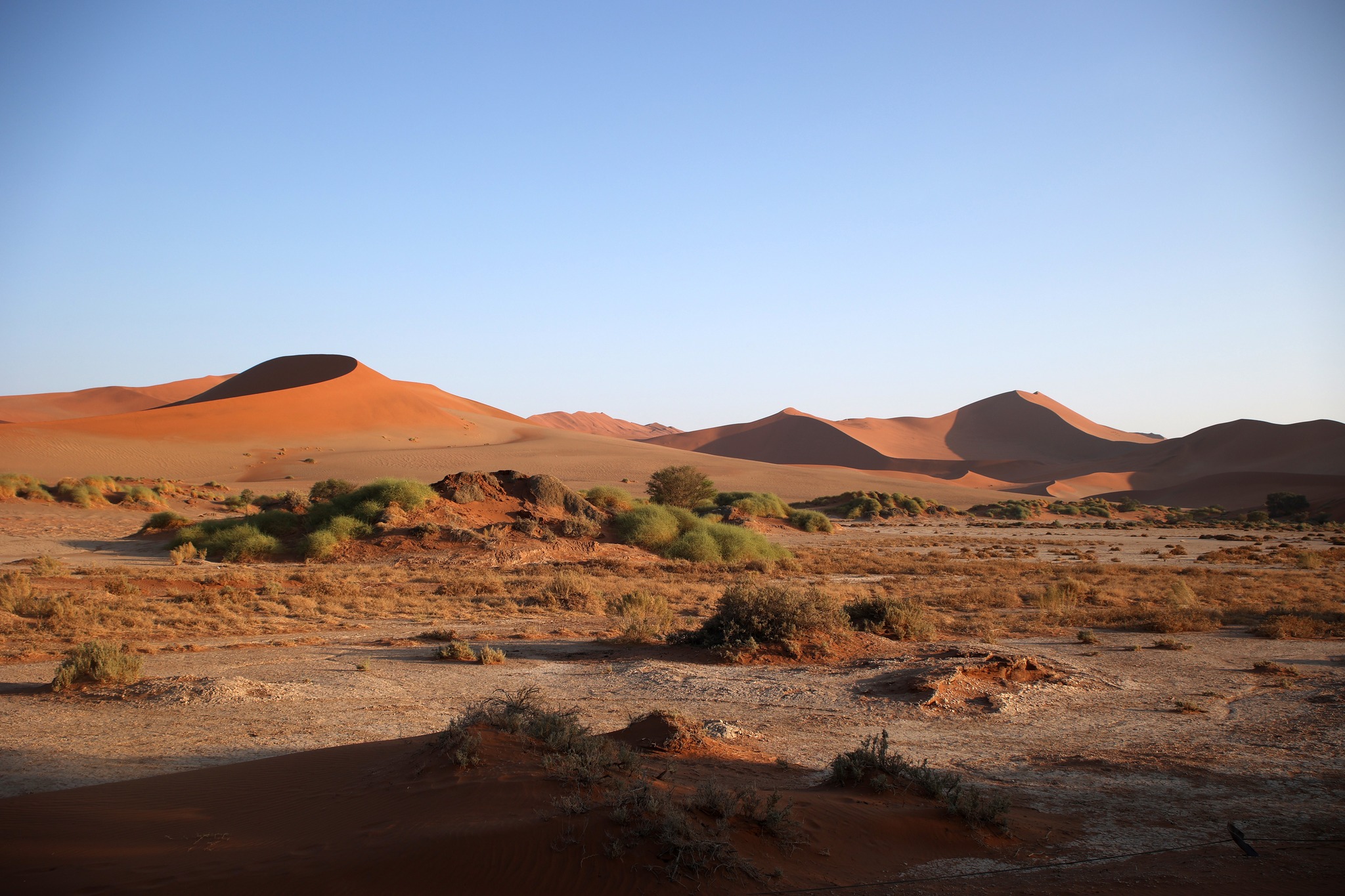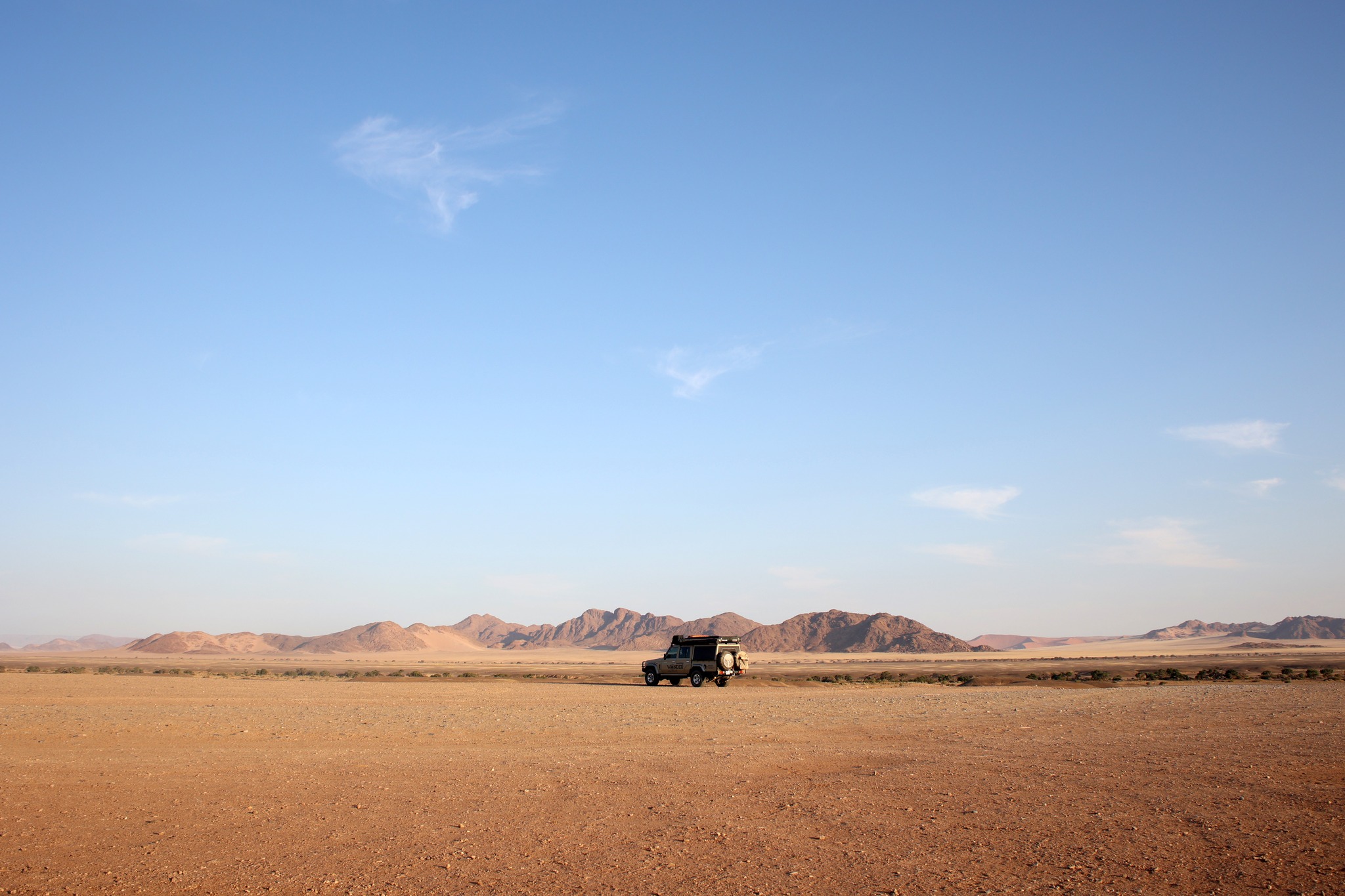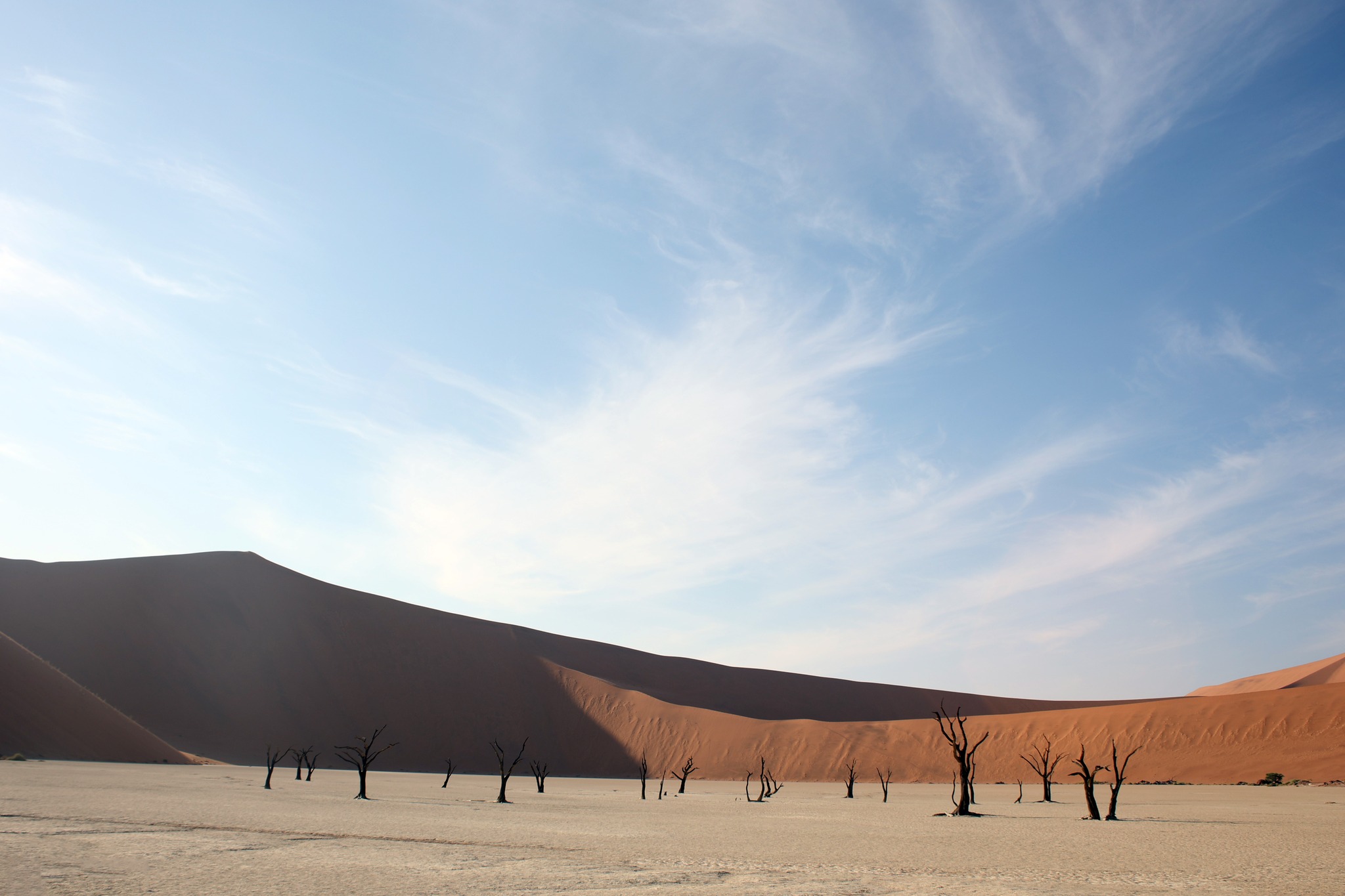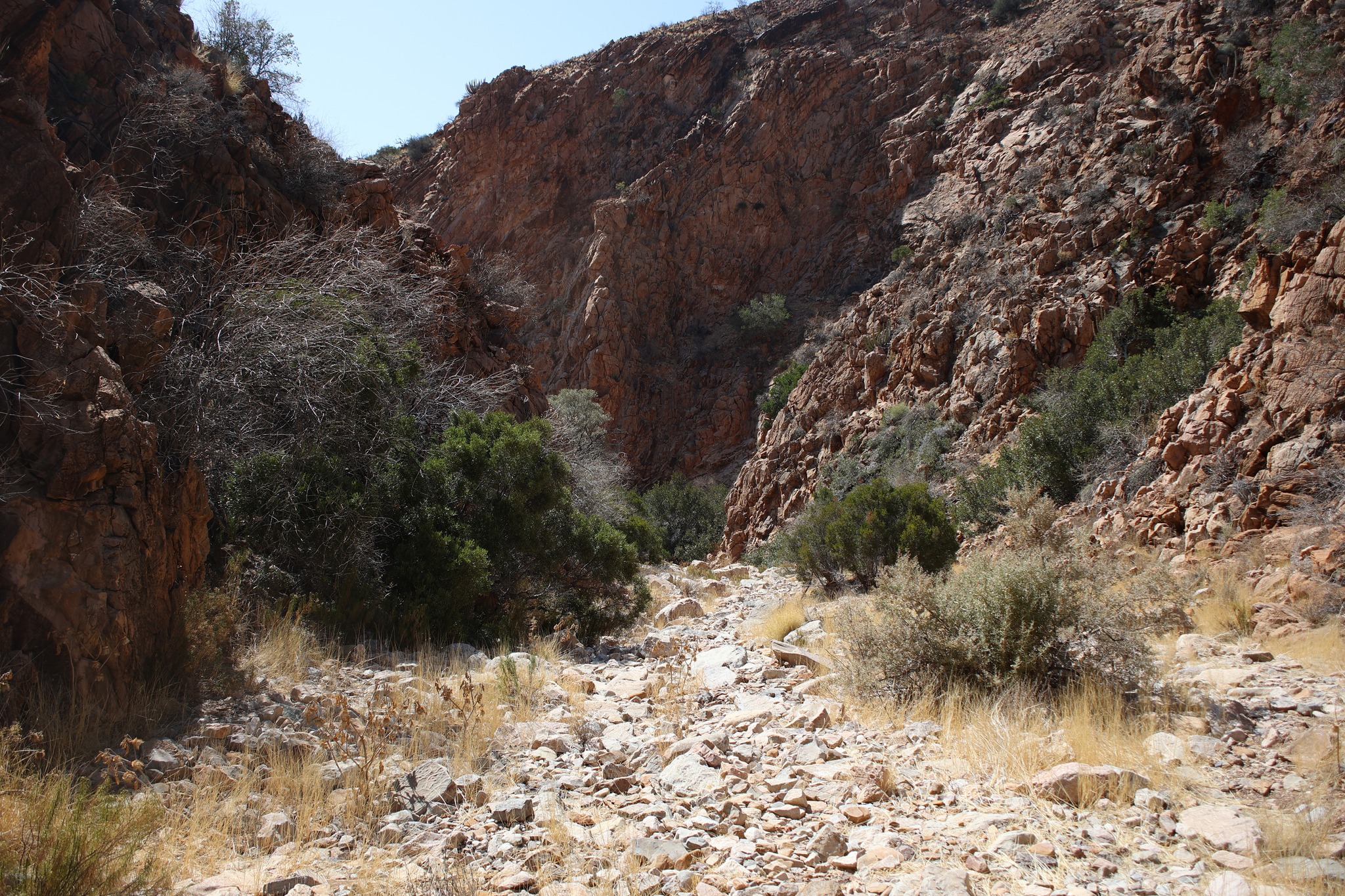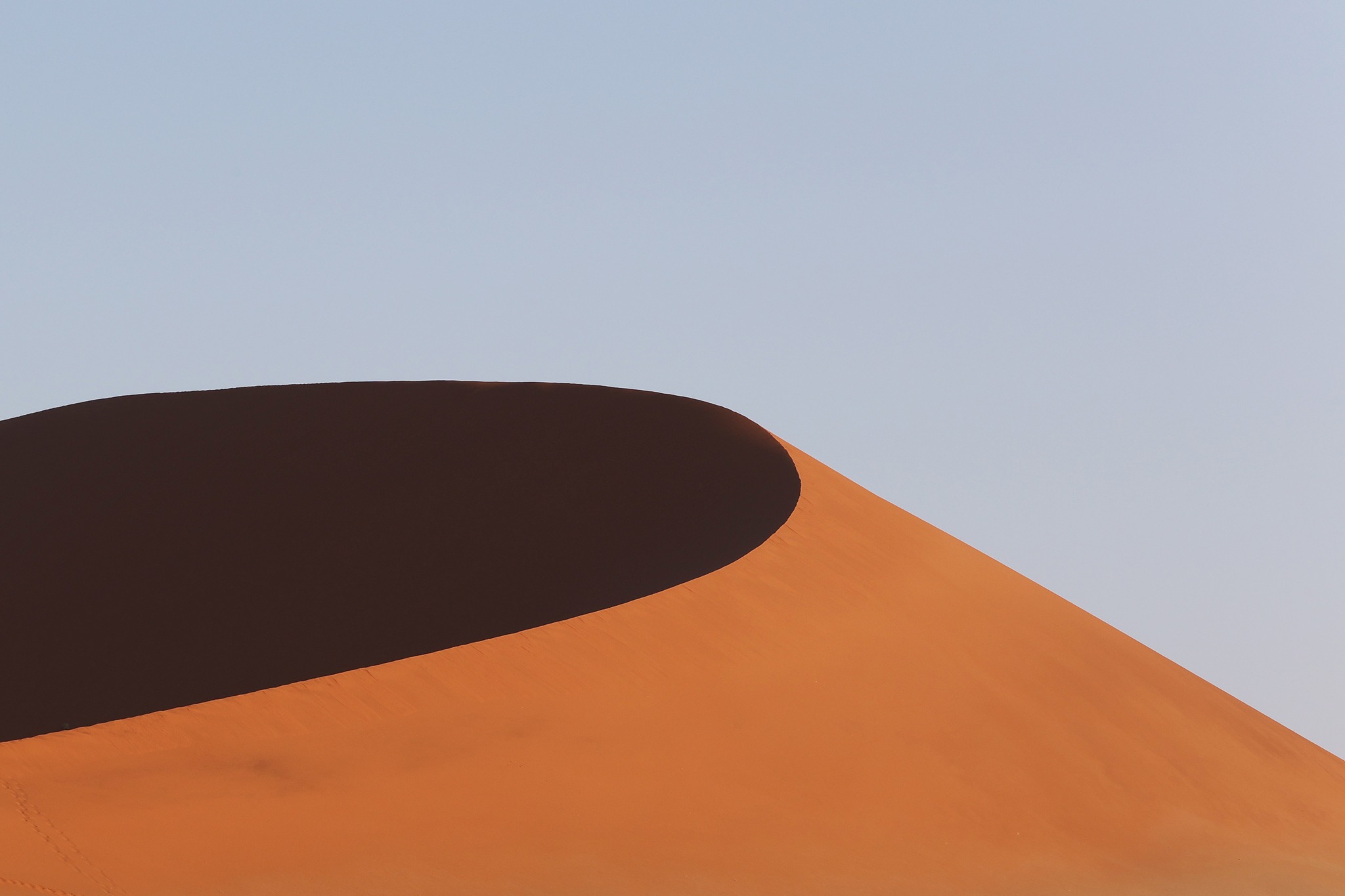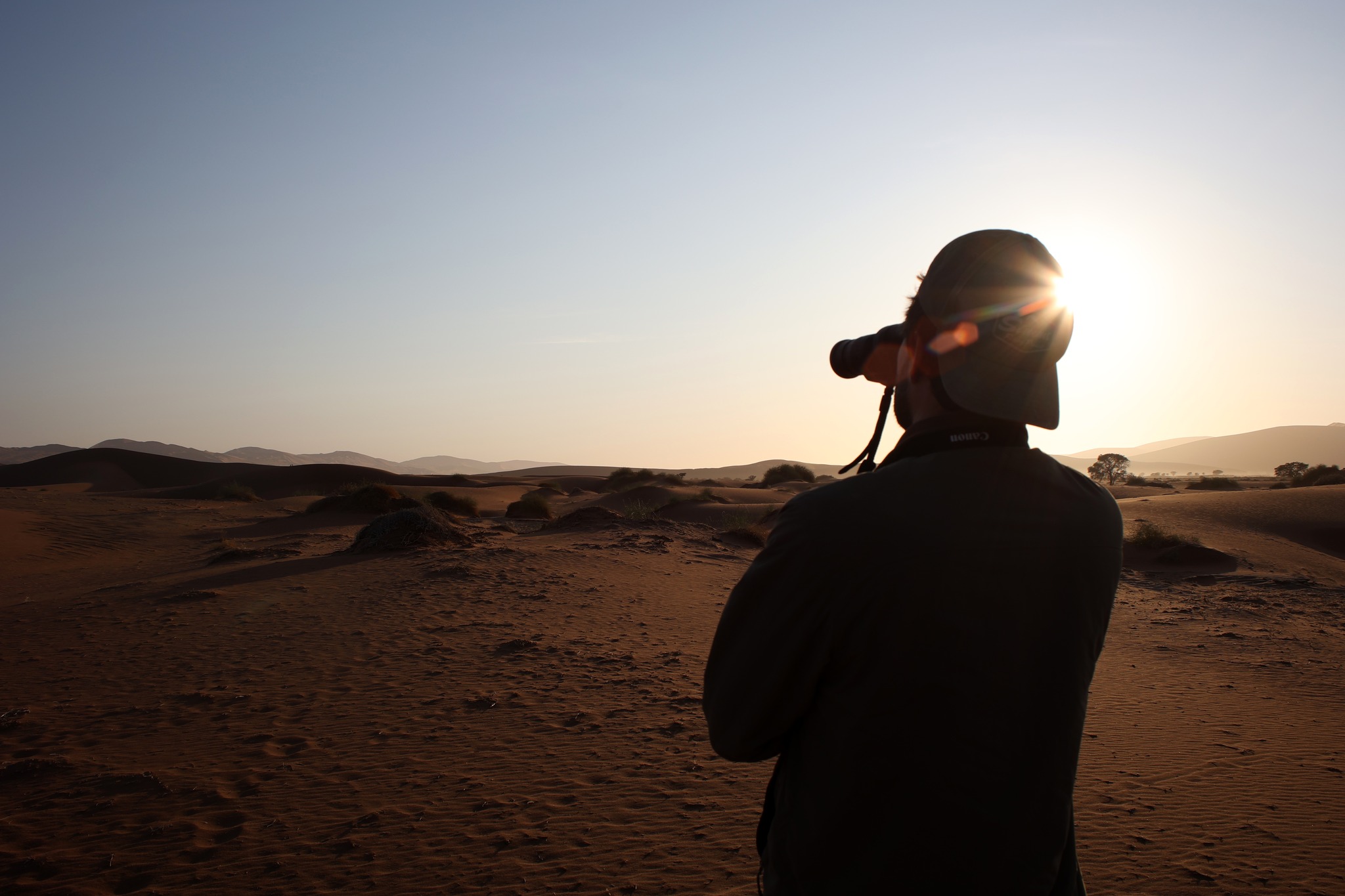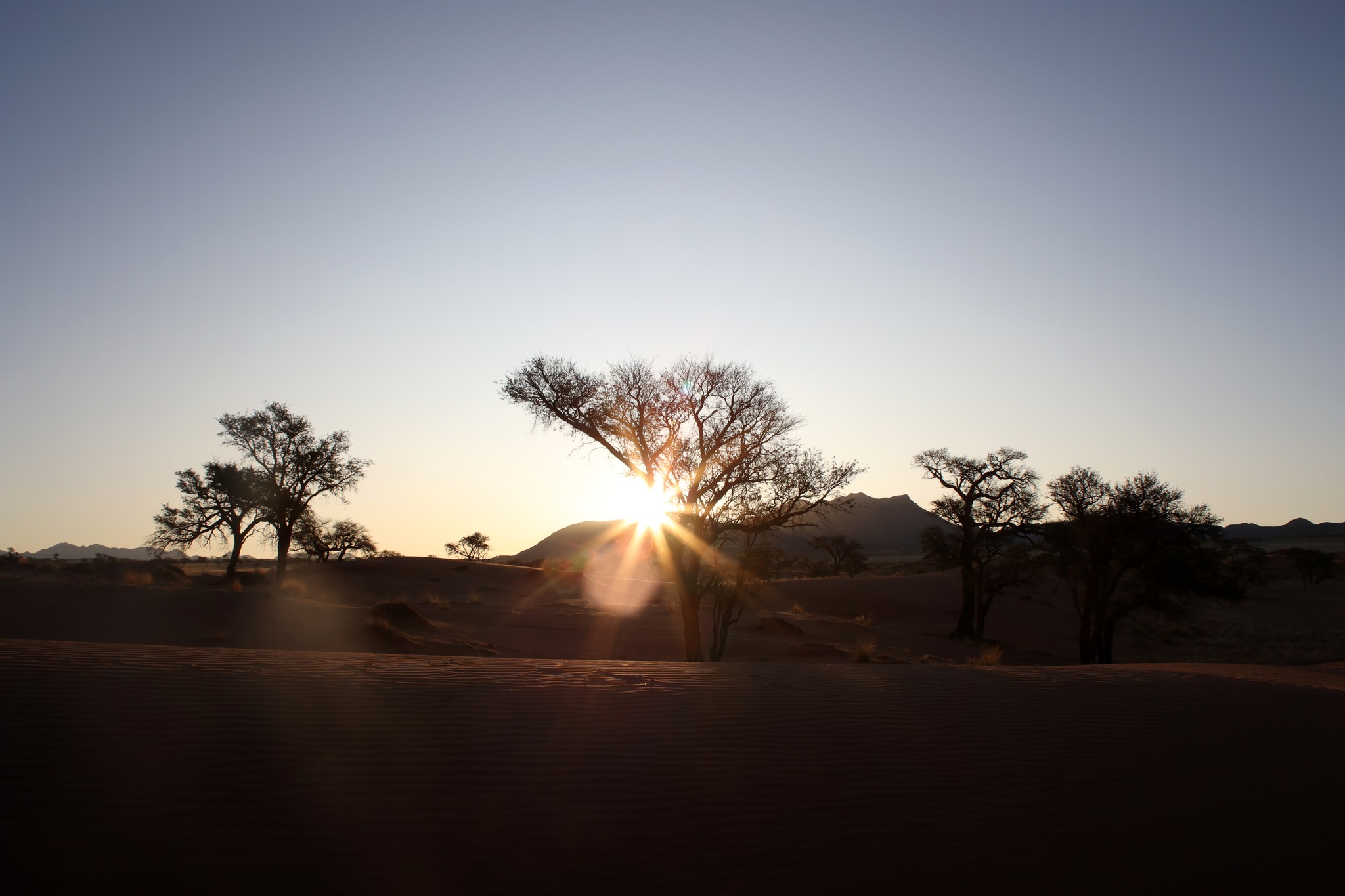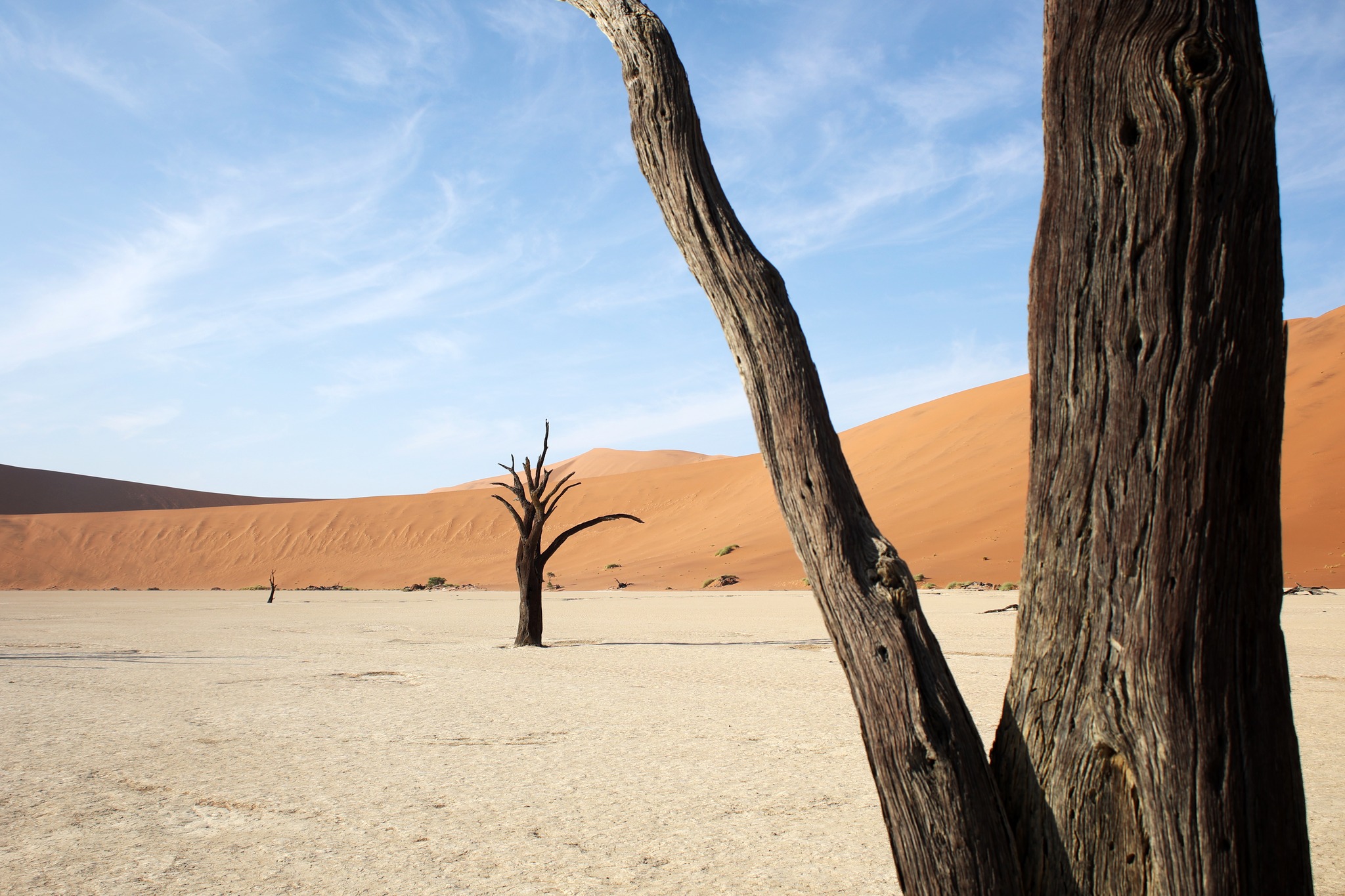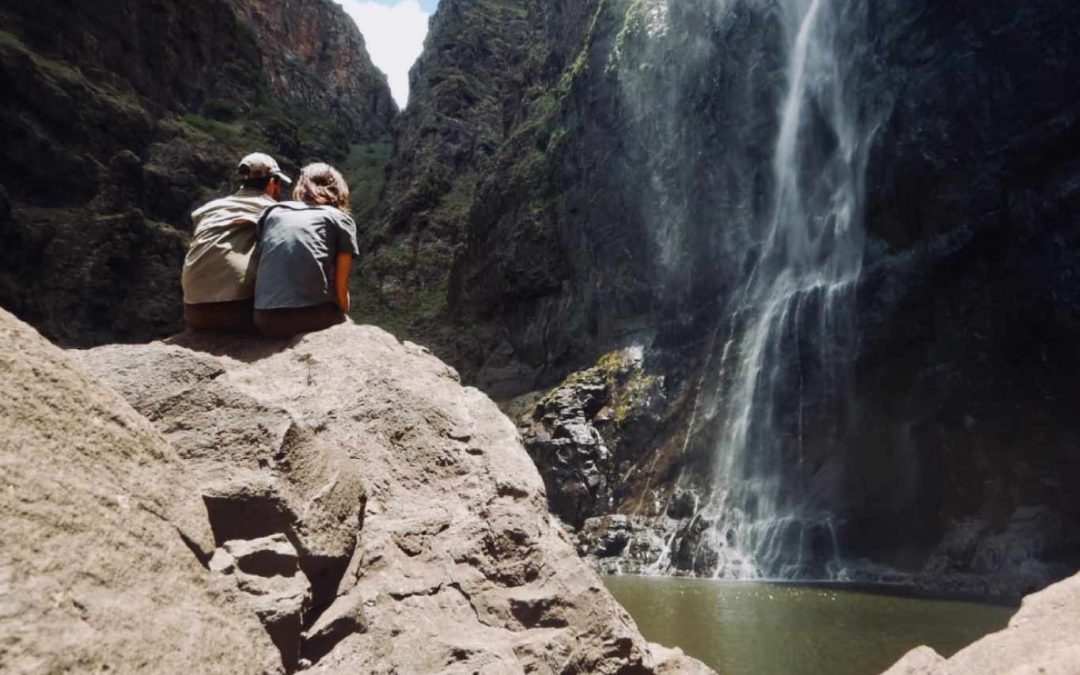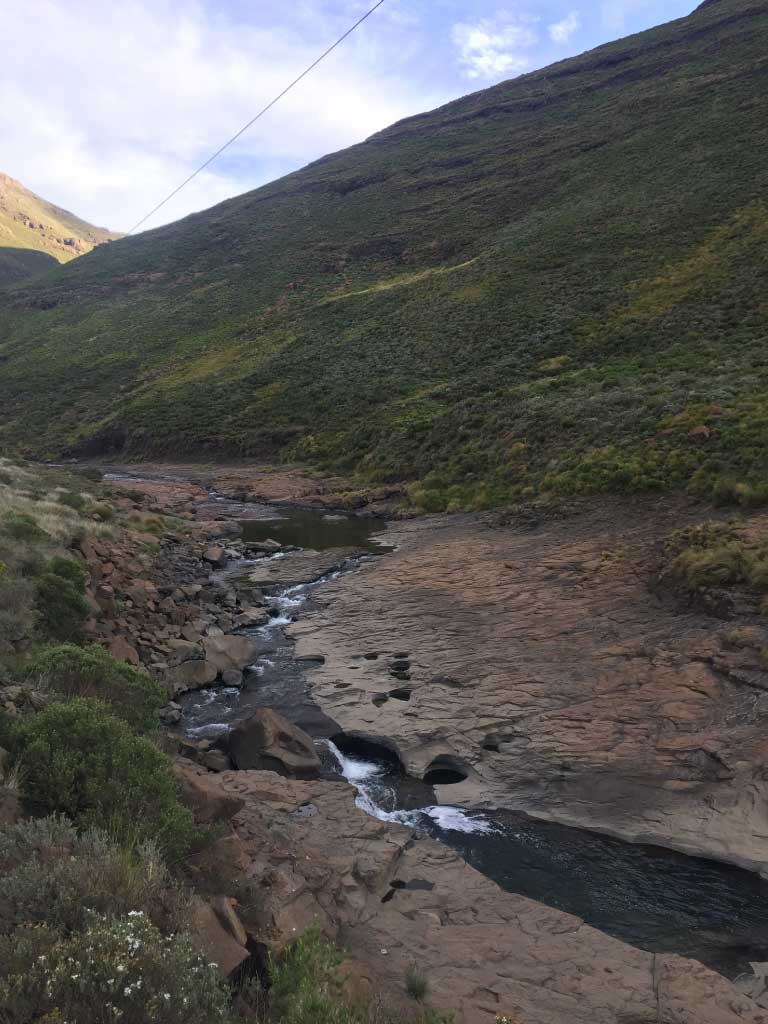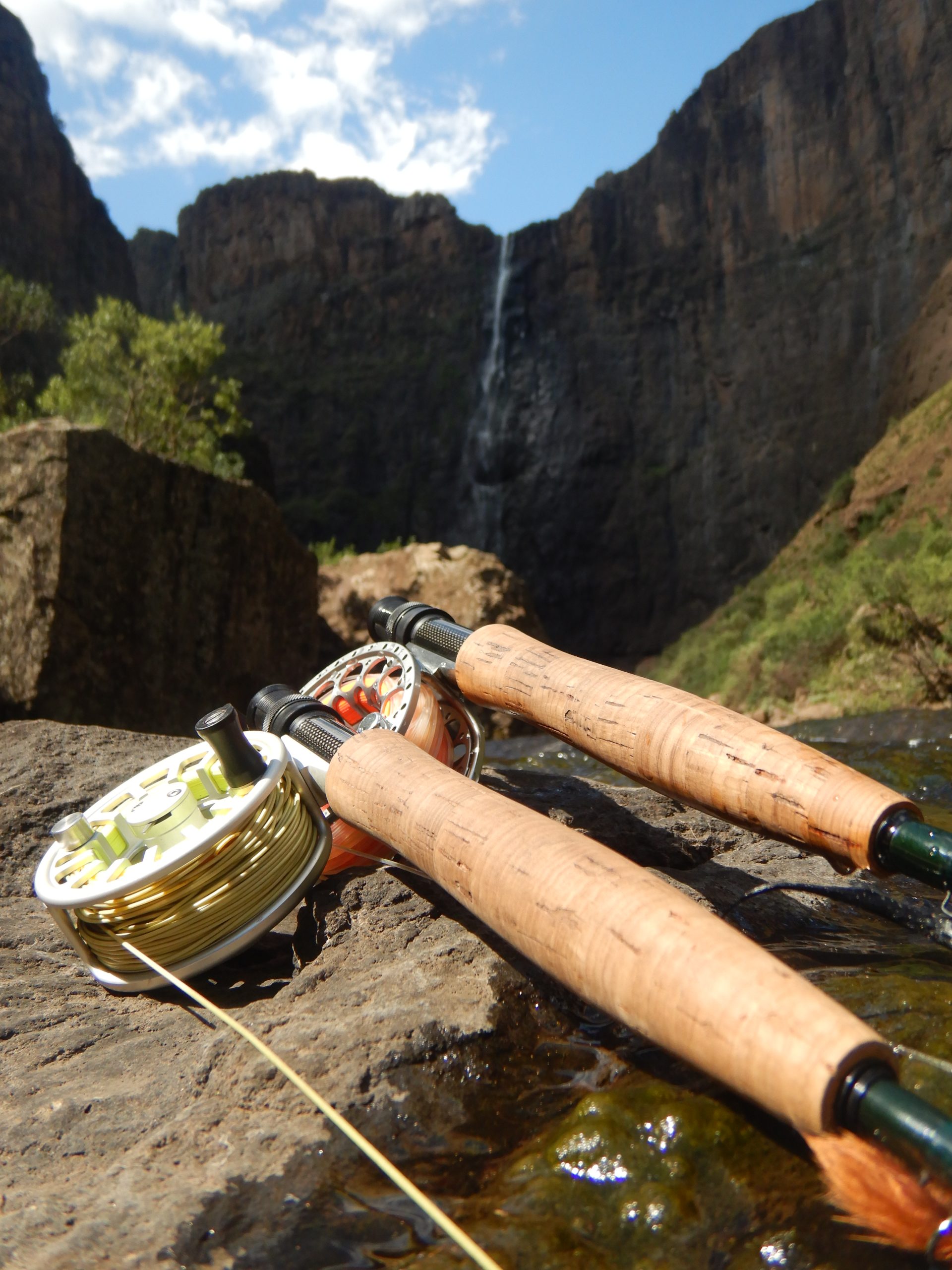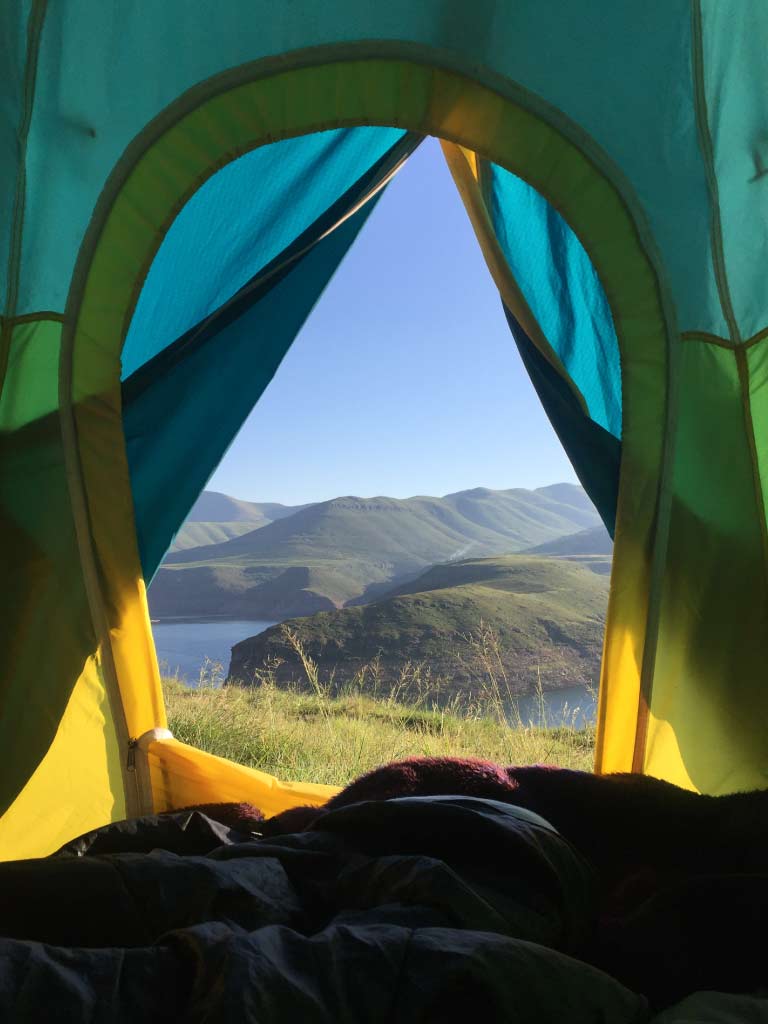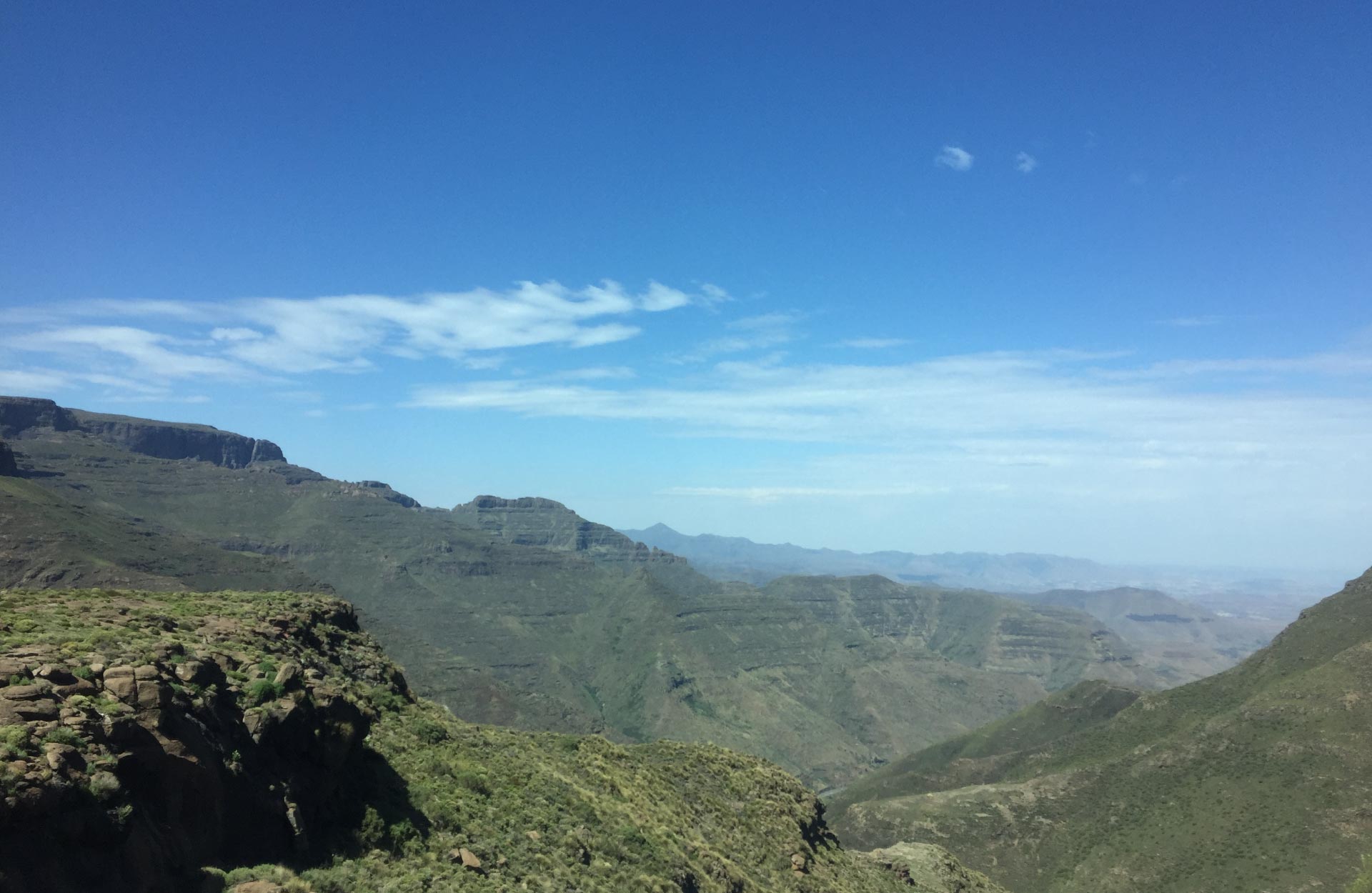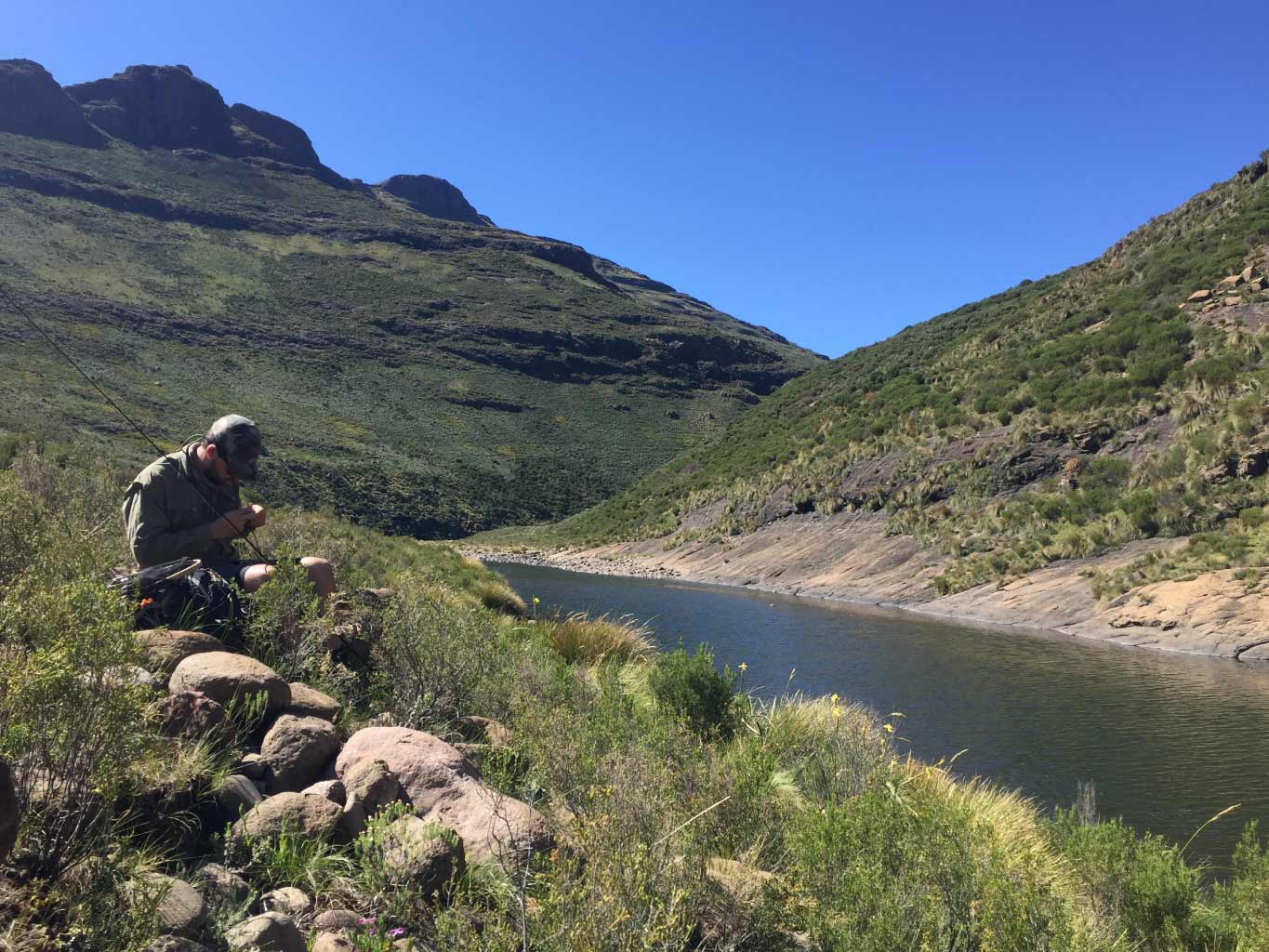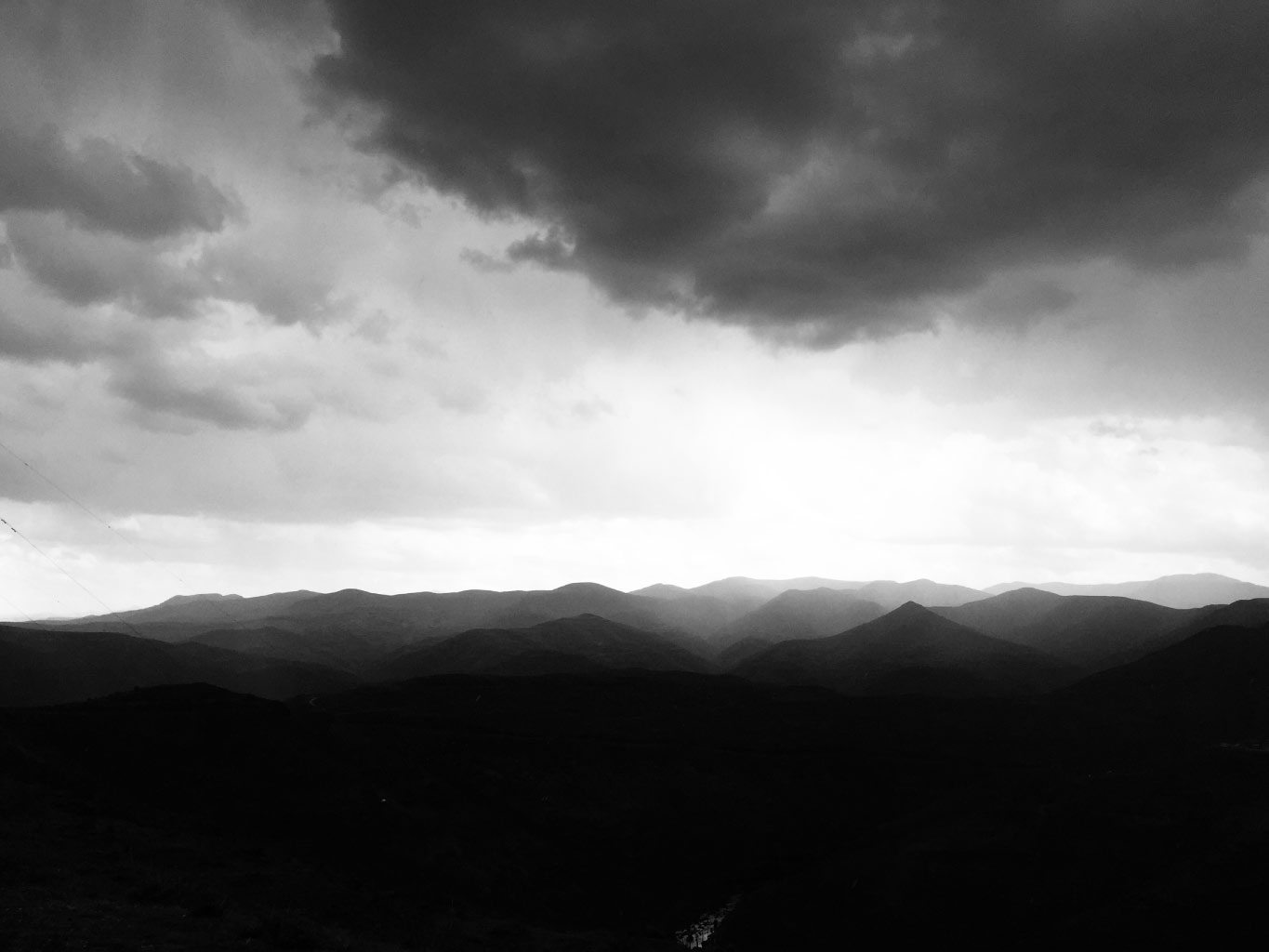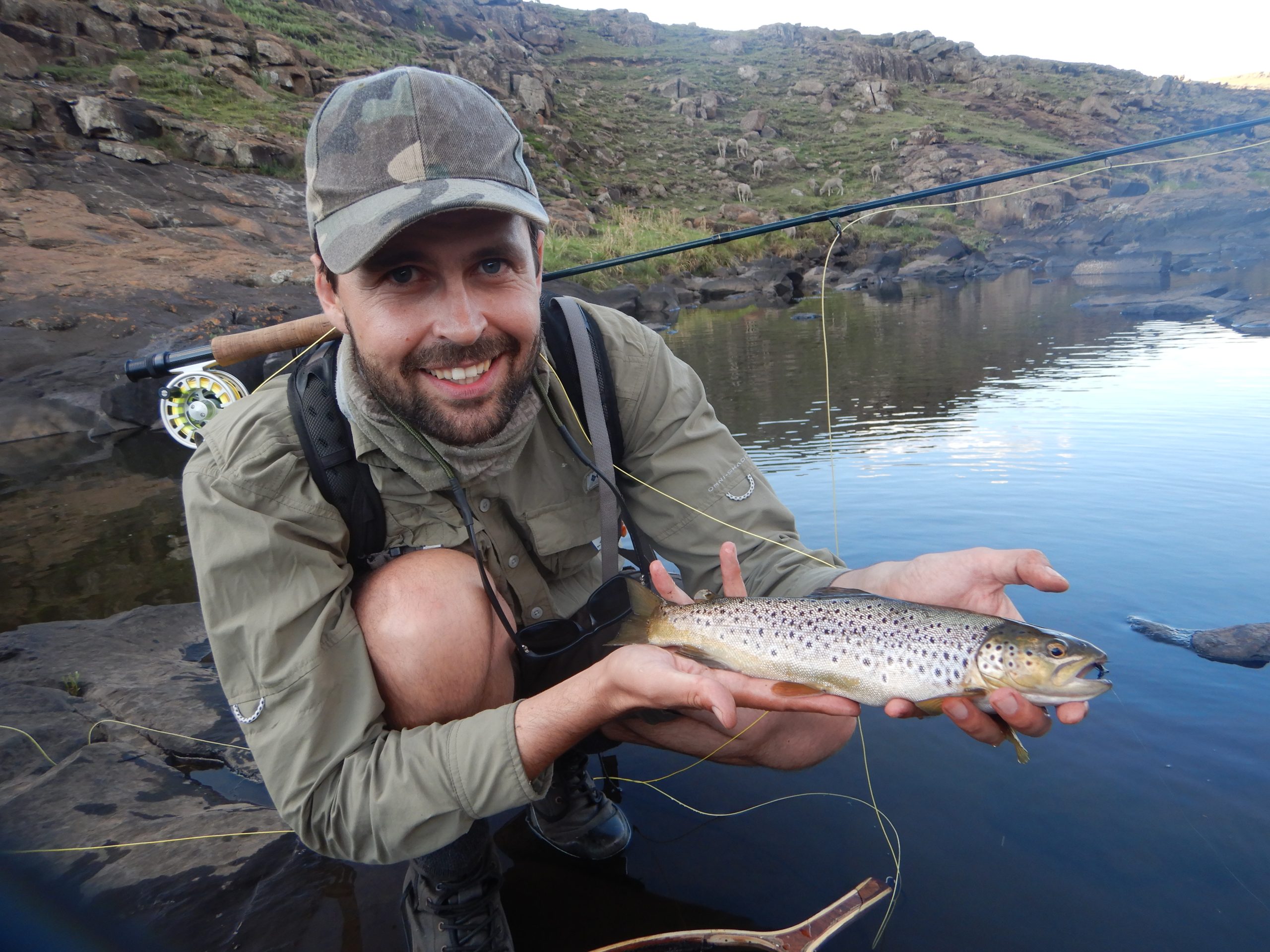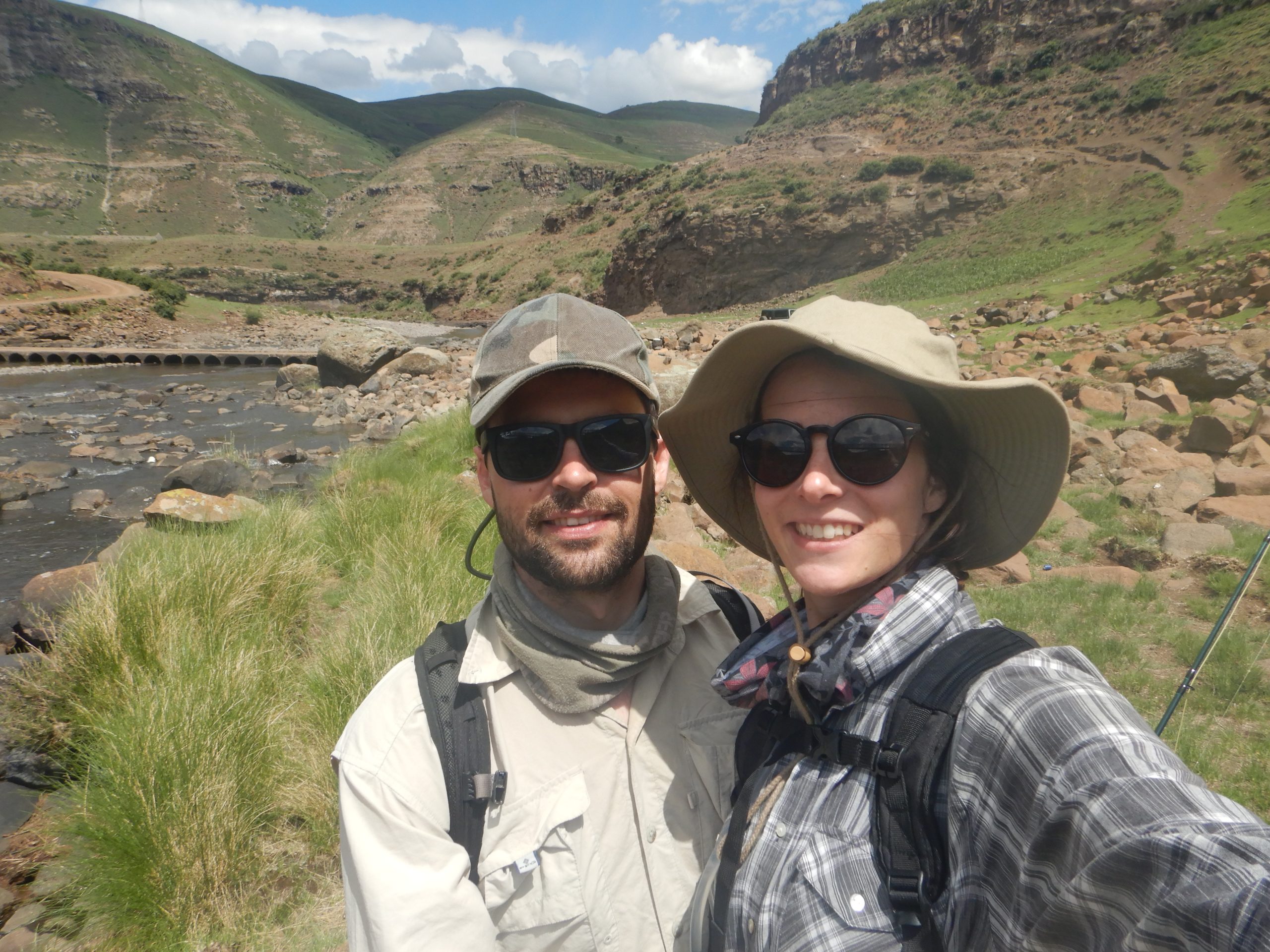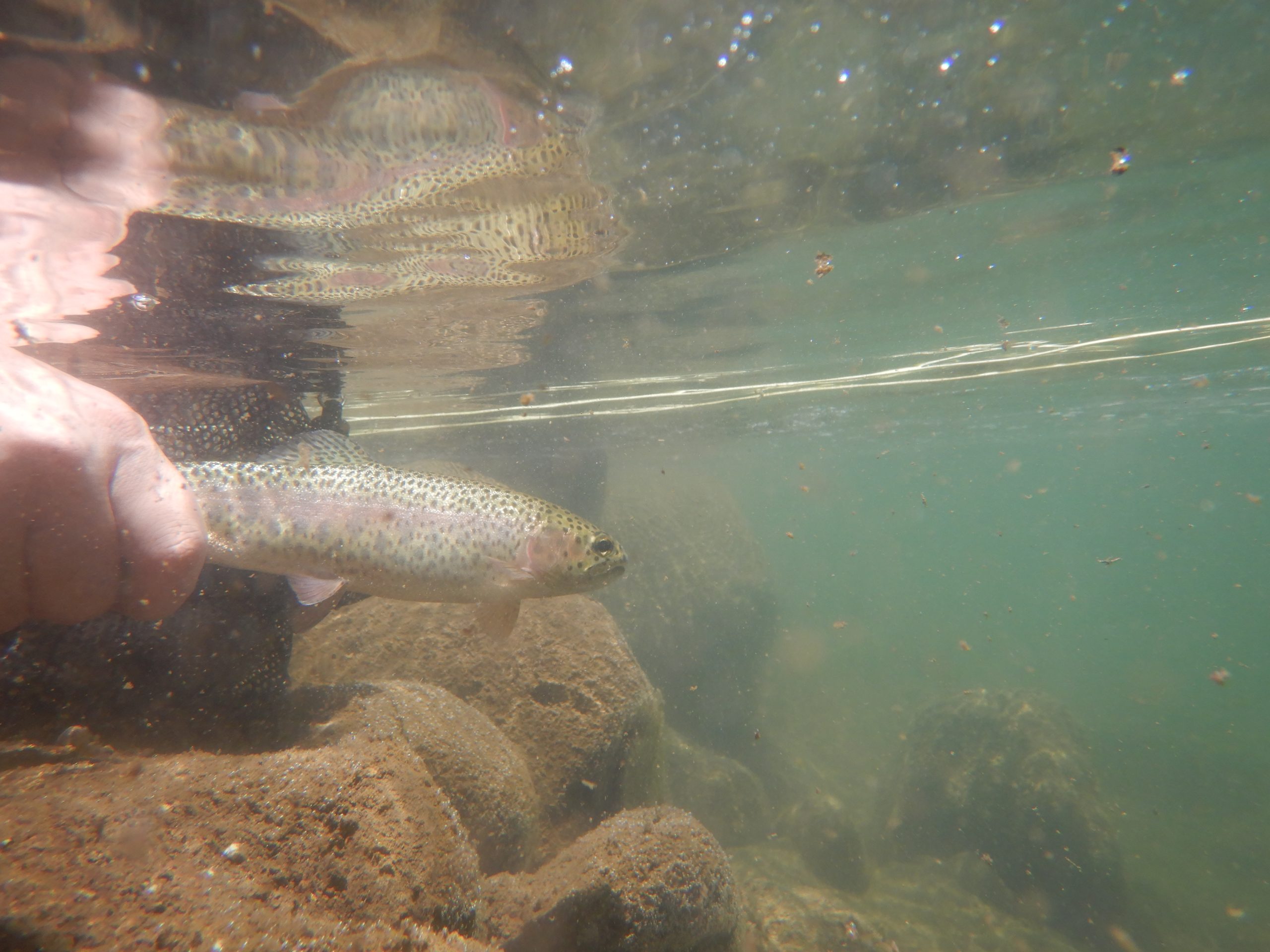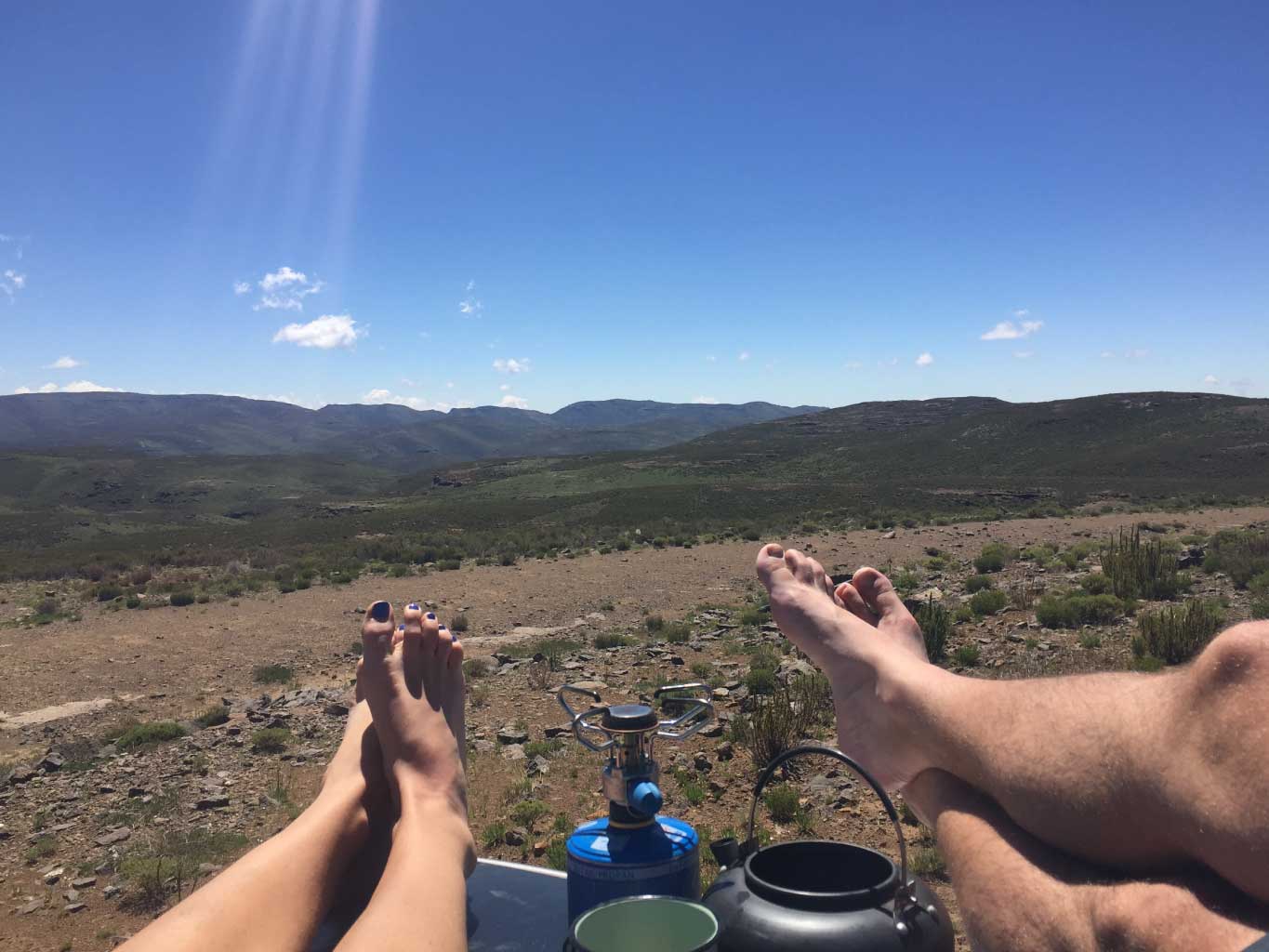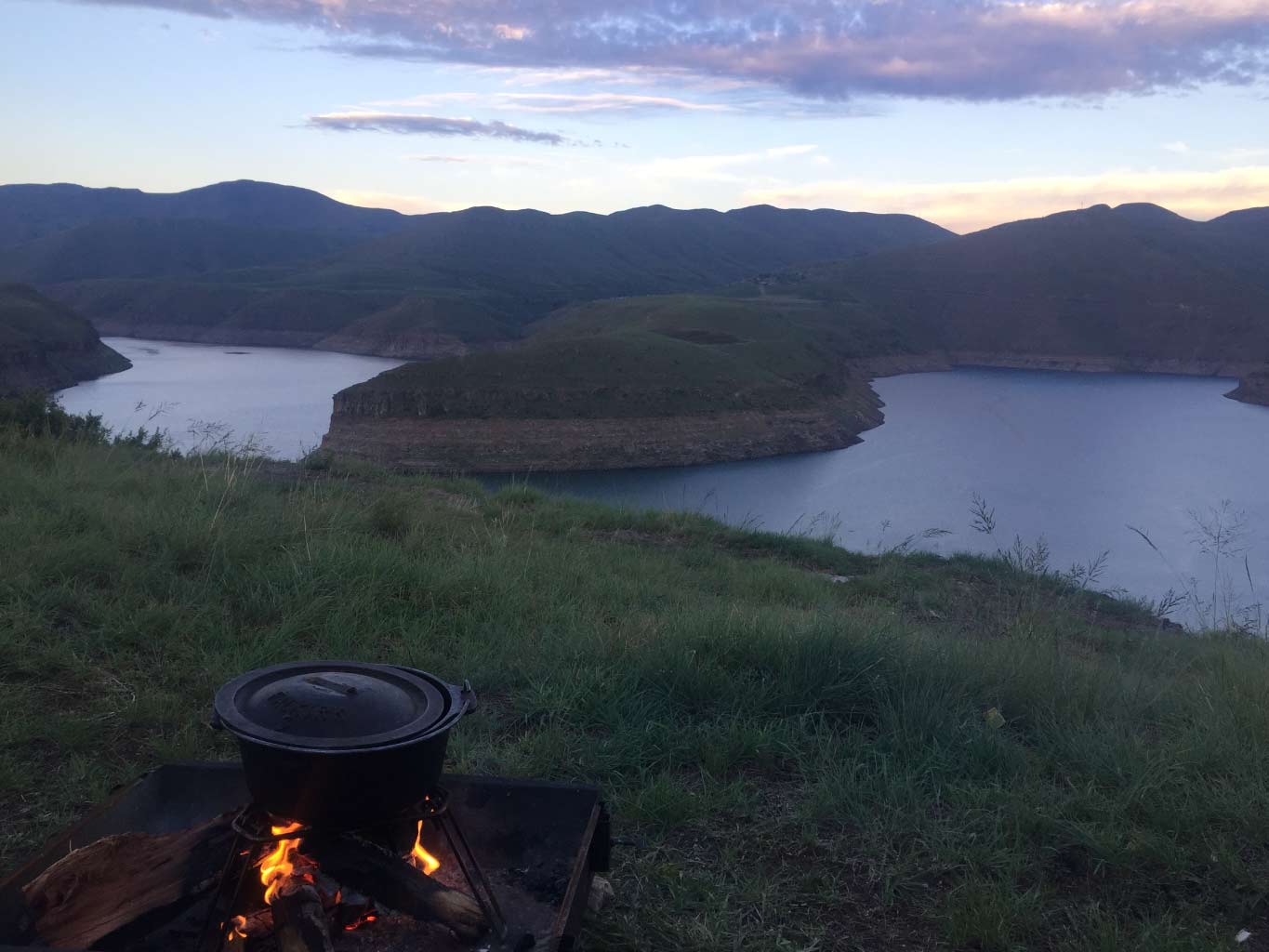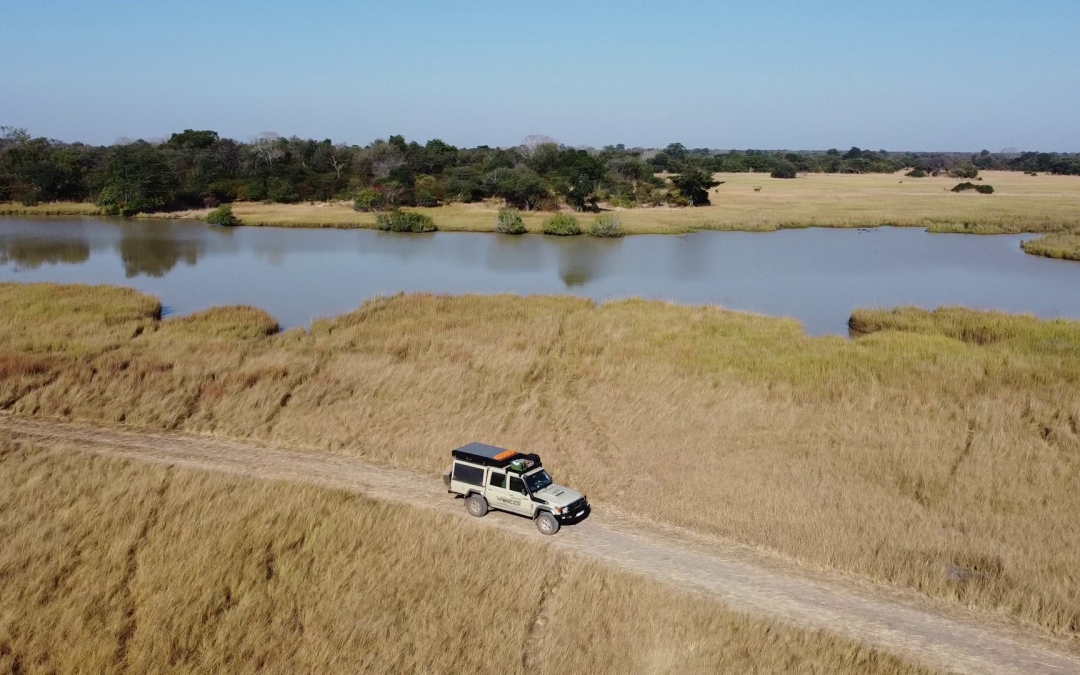
Miombo Therapy
For some reason, the weeks leading up to departure dates always seem to be filled with crazy dash-and-scrambles no matter how much planning you put in for months. The start of our 2023 adventure through East Africa was no different. Did you get those extra fuel filters? Are the malaria test kits re-stocked? Did you sew the fridge cover back after last year’s elephant incident? These are important questions. Then there is the latest news: Malawi has just washed away, most roads in western Rwanda are no more and Tanzania has a new exotic bat virus outbreak (and we all know what happened to the last bat virus). So much for route planning in advance then. A bout of Covid-19 a week before departure did not assist in calming our nerves either. But, as many a seasoned overlander will tell you, just get going – you will never be fully prepared. And so we did, albeit a bit anxiously.


We drove up straight through our beloved Botswana via the quiet Stockpoort border post. You know a border post is relaxed when the immigrations office has a resident jack russell. After overnighting on the banks of the Chobe river and reaffirming our support of the Botswanan beef trade (R40 for an inch-thick rump steak!), we felt ready for the Kazungula crossing into Zambia. Using the new Zambezi bridge, we completed the border post shuffle in 3 hours flat (refer to the tips section for handy travel details). Bravely fending off only two offers from fixers and one meagre attempt at ‘a little something’, we were now officially in Zambia!


Livingstone was the first logical stop to re-supply and orientate ourselves. Livingstone with its neat colonial-era town planning, countless out-of-order ATMs, zebras in the main street, and tourists. The Waterfront Hotel campsite provided a good respite among shady trees just upstream of the mighty Vic Falls. Here we had a fantastic wood-fired pizza and Mosi, were visited by a night-time grazing hippo, and met Nicky, travelling solo through Africa in her converted Mercedes Sprinter – complete with a microwave.
Our first goal was to visit Kafue National Park, Zambia’s largest and oldest protected wilderness. As often happens in Africa, the simplest road up from Livingstone turned out to be, well, not the simplest. Due to a washed away section, we had to detour via Namwala. This involved taking our very first pontoon across the Kafue river. After loading Baloo, another vehicle, eight motorcycles, half the local village population, and a goat, we set of. It proved painless and much better than our previous river crossing, where there are probably still drying baitfish somewhere in the engine bay.

After a good stopover with a grand view of Lake Itezhi-Tezhi, we finally entered Kafue first thing in the morning. Well not first thing, as here we found out that Zambian park gate opening times serve only as suggestions to reception personnel. What is great about Zambian national park admin though, is that a day’s park fee is valid until 09h00 the next morning – so if you sleep one night it will only be one day’s fees.
Entering Kafue and slowly cruising right on the lake’s edge, a profound sense of serenity settled upon Baloo and his occupants. It had been a month or two since we last visited a game reserve, and it just felt right. All the pre-departure stress was forgotten. All the doubts and question marks seemed to fade into insignificance as the vast wonder of nature instantly confirmed to us that yes, it is all worth it. Puku antelope with their fluffy red-brown coats waded in the shallow waters and stared at us. One male treated us to its unique nasal warning whistle, sounding more like a bird than a mammal. Hippos lazed around close to the road. An osprey scouted for breakfast from a dry perch. We also found a group of Gargeneys, a palearctic migrant duck species.



Travelling up through the park along the spinal road, one traverses typical Zambian Miombo woodland, something that is fascinatingly new to us who are accustomed to Southern African bushveld. Tall trees form a continuous dappled canopy over comparatively short grass cover, giving a forest-like effect. Almost like a less dense version of Mopane veld, this stretches for miles at end and contains relatively low densities of game, interspersed only by grassy marsh-like glades called dambos. Traveling large distances through Miombo might seem dull, but the fresh landscape entranced us. It was indeed a therapeutic welcome back into the wonderful world of the wild.



Anyone familiar with Kafue will mention its annoying Tsetse flies. These devilish critters seem to be attracted to anything hot that moves and latched onto Baloo in their hundreds. So, unless you want to perform the haka whilst driving, Kafue is unfortunately best enjoyed with shut windows. Strangely enough, spraying your vehicle with Doom when arriving at a campsite seem to deter them sufficiently to leave the camp in respectful peace.
We stayed at Kasabushi, a lovely camp situated right on the banks of the Kafue river where its new managers are just as excited about it as guests arriving for the first time. Here we were treated to Böhm’s bee-eater displays, the most amazing outdoor shower, lions calling in the distance and even the haunting call of Pel’s fishing owl booming over the water. Traveling north we encountered our first Lichtenstein’s hartebeests with their dirty brown shoulder patches caused by continuous cleaning of their faces and horns. We were also lucky enough to find a lion cub in the road one morning – not a common sighting in the southern part of the park.



Kafue sometimes gets a bad reputation for its low game densities, poaching issues and Tsetse flies. However, considering the massive size of its undeveloped wilderness sections and its high biodiversity of species, this is the kind of place where you can see nothing for hours and then suddenly find a pack of wild dogs or pride of lions in the road. Kafue’s future looks bright, with the famously successful African Parks recently getting involved. Its beautiful woodlands, mighty river, sheer size and low tourist densities are further tick marks in our books. We definitely plan to be back later in the dry season to explore the game-rich Busanga plains of the north, sample the river’s fly-fishing opportunities, and get ourselves more Miombo therapy.



Some helpful trip tips:
- Kazungula border post crossing into Zambia:
- Ask the road tax official to write and stamp ‘all roads’ on your road tax certificate. The default is only a single route and will attract reason for unhappiness at check points.
- Get both the private vehicle verification and checking slip stolen status police clearance forms for your vehicle in South Africa if you do not have a Carnet. It is worth all the trouble and gives the officials less fault to find.
- It is worth getting Zambian third-party insurance online beforehand – we got ours through Phoenix Insurance and added Comesa insurance for all East African countries at their office in Livingstone.
- Best Zambian data network: Airtel (10 GB = 100 Kwacha)
- Kafue NP camping we enjoyed:
- Chibila Lodge (outside park on Lake Itezhi-Tezhi) – no park fees: https://www.facebook.com/pages/category/bed-and-breakfast/Chibila-Camp-110111727231751/
- Kasabushi (inside park): https://kasabushi.wordpress.com/
- Roy’s camp (outside park at Hook Bridge) – no park fees: https://www.facebook.com/royskafuecamps/

